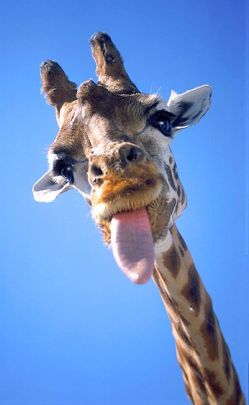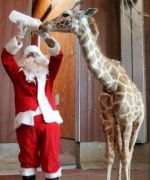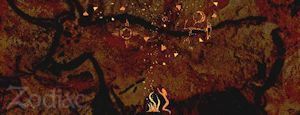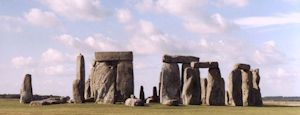 Camelopardalis is a very northerly constellation which represents a giraffe. I know it sounds like it should be a camel. If it helps, just imagine a camel where you pushed down on the hump and it made the neck stretch. Meanwhile try saying Camelopardalis over and over quickly. Wasn’t that fun?
Camelopardalis is a very northerly constellation which represents a giraffe. I know it sounds like it should be a camel. If it helps, just imagine a camel where you pushed down on the hump and it made the neck stretch. Meanwhile try saying Camelopardalis over and over quickly. Wasn’t that fun?
To the ancient Greeks the giraffe reminded them of a camel, I guess because of the face, and also reminded them of a leopard because of the spots. So their name for the animal was “Camel-Leopard” which is the literal translation of the modern constellation’s name. I suppose I have to admit, a giraffe looks more like a camel than a leopard. Anyway Petrus Plancius added this one to our maps in 1612.
Unfortunately there is no clever myth involving a giraffe, or a camel, or a leopard. I should invent one. It will be one of those “star-crossed lovers” stories of course, involving the doomed affair between a love-sick leopard and his camel paramour. It’s a tragic tale that ends with their love-child being turned into stars by the patron god of silly allegories, and flung into the northern sky.
This is one of a handful of constellations whose brightest star is not its brightest star. Beta is number one and Alpha is number two, which is only slightly annoying.
 NGC 2403 is a nice face-on spiral galaxy here with luscious star-forming regions. It’s the first galaxy outside of our local group whose distance was measured with some degree of confidence. It’s about 8 million light years away. In cosmological terms that isn’t terribly far but to go there you would have to reach the escape velocity of the local group of galaxies which is hardly worth the trouble.
NGC 2403 is a nice face-on spiral galaxy here with luscious star-forming regions. It’s the first galaxy outside of our local group whose distance was measured with some degree of confidence. It’s about 8 million light years away. In cosmological terms that isn’t terribly far but to go there you would have to reach the escape velocity of the local group of galaxies which is hardly worth the trouble.
Kemble’s Cascade is the coolest thing in the area, and one of the more awesome things you need to be able to find with a telescope. It’s a long multi-colored string of stars that connects to a pretty little cluster called NGC-1502. It looks like someone plugged in some Christmas lights while they were still all wadded up in a box, then grabbed the tail and tried to pull them out, but some of them are hopelessly tangled.
 Christmas, Solstice, Kwanzaa, Hanukkah, or whatever because all gods matter, is the season to find Kemble’s Cascade in Camelopardalis. It can be had easily with binoculars. Just look in the part of the constellation east of the “W” of Cassiopeia. The string of lights points the way to her majesty’s throne.
Christmas, Solstice, Kwanzaa, Hanukkah, or whatever because all gods matter, is the season to find Kemble’s Cascade in Camelopardalis. It can be had easily with binoculars. Just look in the part of the constellation east of the “W” of Cassiopeia. The string of lights points the way to her majesty’s throne.
Carpe Noctem















December 24, 2017
Astronomy